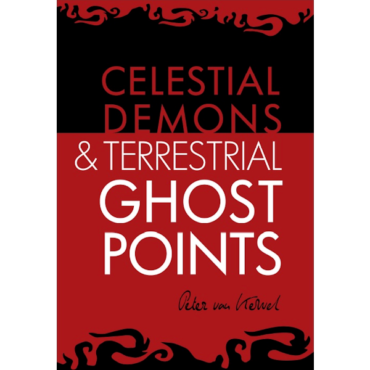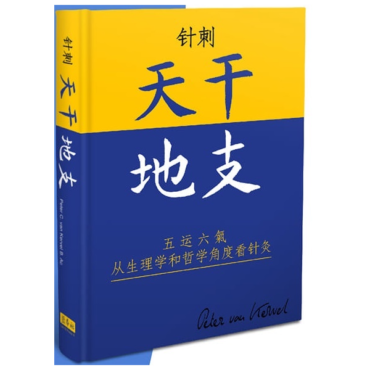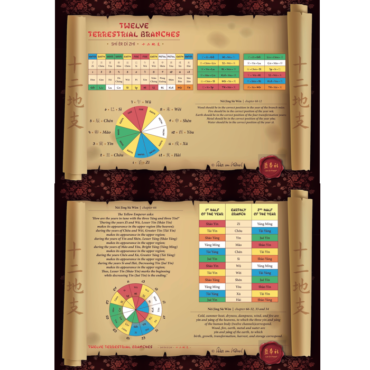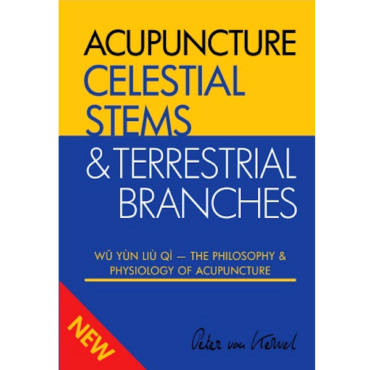Description
This book Internal Pathways, is created as a study book for students of acupuncture, and as a reference book for acupuncture practitioners. The text in this book is composed from different translations of the Nei Jing (Su Wen and Ling Shu), Nan Jing and Jia Yi Jing. When needed, the original Chinese text was consulted in order to prevent omissions. These translations of the original text, are written down on a practical and didactical way, so as to serve the reader.
Furthermore, the original text is extended with modern physiology terminology of tissue and muscles. The acupuncture points and Chinese terminology found in this book, are described as advised in A Practical Dictionary of Chinese Medicine (Wiseman & Feng). The book consists of four parts.
Part I contains the description of the pathways of the jing jin (tendomuscular channels), jing bie (divergent channels), and luo mai (connecting channels). The description of all those channels, contains descriptions of modern anatomical tissues, such as joints, muscles, retinaculi, etc. All of this, to give the reader a clear view on the course of the channels.
Part II, describes the channels of the eight extraordinary (ba qi jing mai). Not much is found on these channels, especially concerning their points. Comparing information from different popular modern books, is used to complete the pathways. Furthermore, the reader will find additional information of each of the ba qi jing mai, needed for the clinic.
Part III, miscellaneous internal branches, includes five groups of internal branches which are important for practical use in the clinic. Three of the jing mai, have their own source from specific parts and points on the body (origin internal branches). All yang jing mai (main channels), unite their qi in one point, Gv-14. All connections from yang jing mai, towards da zhui, are described (yang jiao hui internal branches). There are six lower uniting points, which are the terminal points of a longer internal branch. The internal branch starts on the upper part of the body, meeting the related (yang) internal organ, and unites on points located on the lower leg (he uniting internal branches). The so-called shu
points, are the transportation points, transporting yang qi into different organs. The most original description of the shu points, as written in the Nei Jing, is described (shu internal branches). The last group of channels are the four seas.
Part IV, describes special internal branches. In the clinic of the acupuncturist, it is important to direct qi towards specific parts and tissues of the body. In this part, the most important 13 internal branches, out of 81, are described.
This book uses references of chapters and paragraphs from the book, A Complete Translation of the Yellow Emperor’s Classic of Internal Medicine and the Difficult Classic, written by Dr. Henry C. Lu, who personally gave his permission to use these references.












